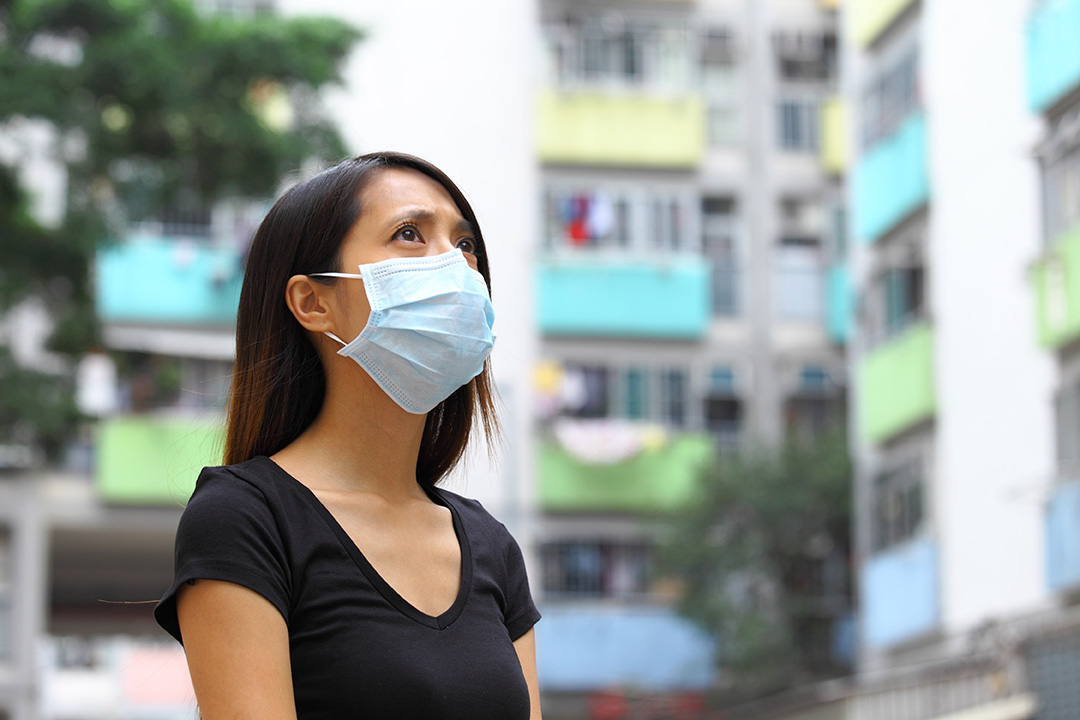Protection from pollution
‘Pollution- If you don’t kill it, it will kill you’.

Did you know?
- More than nine out of 10 of the world’s population, i.e. 92% lives at places where air pollution exceeds safe limits, according to research from the World Health Organization (WHO).
- Air pollution is the fourth-largest threat to human health, behind high blood pressure, dietary risks and smoking.
- Over 1 million seabirds and 100,000 sea mammals are killed by pollution every year.
- While children make up 10% of the world’s population, over 40% of the global burden of disease falls on them. More than 3 million children under age five die annually from environmental factors.
- Almost 80% of urban waste in India is dumped in the river Ganges.
Aren’t these facts alarming enough for us to take preventive measures for our generation and gift a better future to the coming generation?
Pollution is the presence of one or more contaminants like dust, mist, smoke and foreign elements in the atmosphere. It not only makes the natural resources such as air, water etc. unsafe to use but is equally injurious to humans, plants and animals. At a time when global warming is at an exponential rise, the continuous increase of pollution makes the situation all the more alarming. Damage caused by pollution applies to both natural and manmade resources, leading to worsened health issues like: Respiratory irritation or breathing difficulties. The actual risk of adverse effects depends on one’s current health status, the pollutant type and concentration, and the length of their exposure to the polluted air.
Long-term exposure to polluted air can lead to a worrisome increase in health problems including:
- Aggravated cardiovascular, respiratory illness such as asthma, bronchitis, emphysema, and possibly cancer.
- Added stress to heart and lungs.
- Loss of lung capacity and decreased lung function.
- Shortened life span. It has been said that ‘Prevention is better than cure’. Pollution causes disturbance to our health as well as our ecosystem, so it is better to be proactive, to act.
In order to cope up with side effects of pollution there is a product which is clinically tested and widely used by people in their day to day lives:
PM0.3 Mask™ Nanofiber (GS-9038) This product comes with a high efficiency nanofiber material which retains particulate matter above 0.3 micron. It is ergonomically designed for a comfortable fit and ensures complete fitment on the face to prevent any leakage. It also eliminates allergies associated with pollens, dust, mites etc.
‘Stop the pollution quick. Do not make yourself and your environment sick’.

Case Study
New Delhi ties for first place, along with Beijing, China, for having the world’s worst air. New Delhi is one of India’s most important cities considering the fact that it is India’s capital. Unfortunately for its inhabitants, New Delhi’s air is fatal. The statistics are alarming. Specific to New Delhi, the numbers of vehicles on the road have increased by sixty-five percent since 2003. The more vehicles on the road mean that there are more harmful pollutants being put into the atmosphere. Another main cause of Delhi’s air pollution is simply all the dirt that is being left in the atmosphere creating a haze throughout the whole city. Geography also plays a role in New Delhi’s traumatic air pollution because it is a landlocked city unlike Mumbai or Chennai. There is no coastal breeze eradicating the pollutants.
According to the research, pollutions levels in New Delhi were at least seven times greater than the national standard for safe air. One measurement that was taken near the University of Delhi appeared to be 908 micrograms per cubic meter, which is far greater than the standard limit of 100 micrograms per cubic meter. When it comes to air pollution, Delhi differs from its competing city, Beijing. Environmentalists suggest that the government must focus on decreasing the number of vehicles on the road and improving the public transportation system. It’s a small start, but at least it is a start. There is not enough recognition for India’s capital, as it will emerge into first place for having the world’s worst air. The air needs to be tamed and it needs to be done now.
